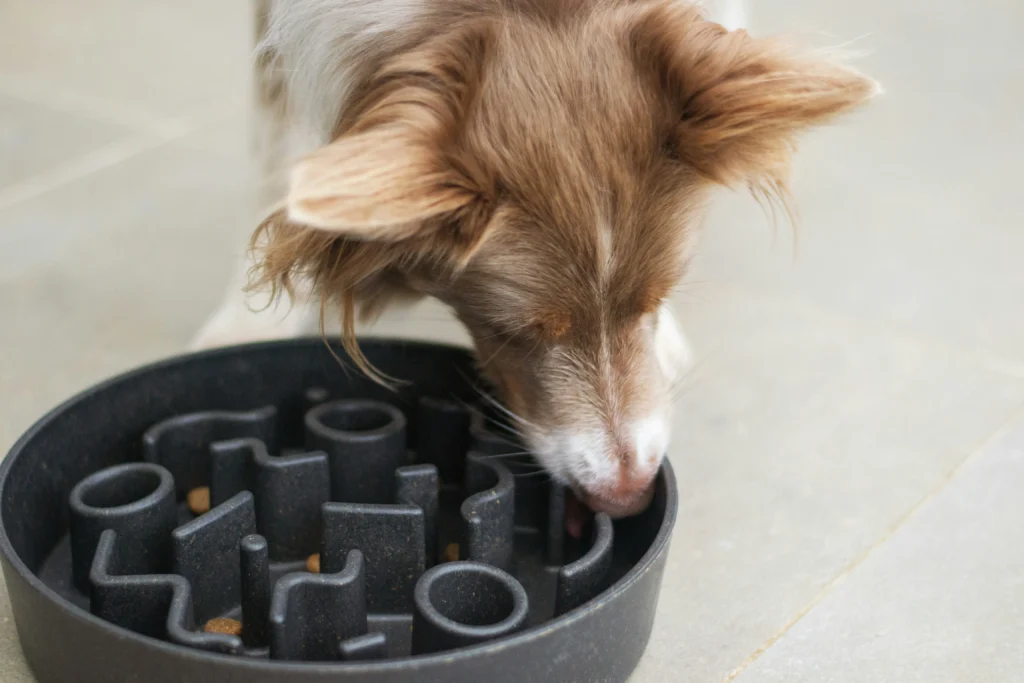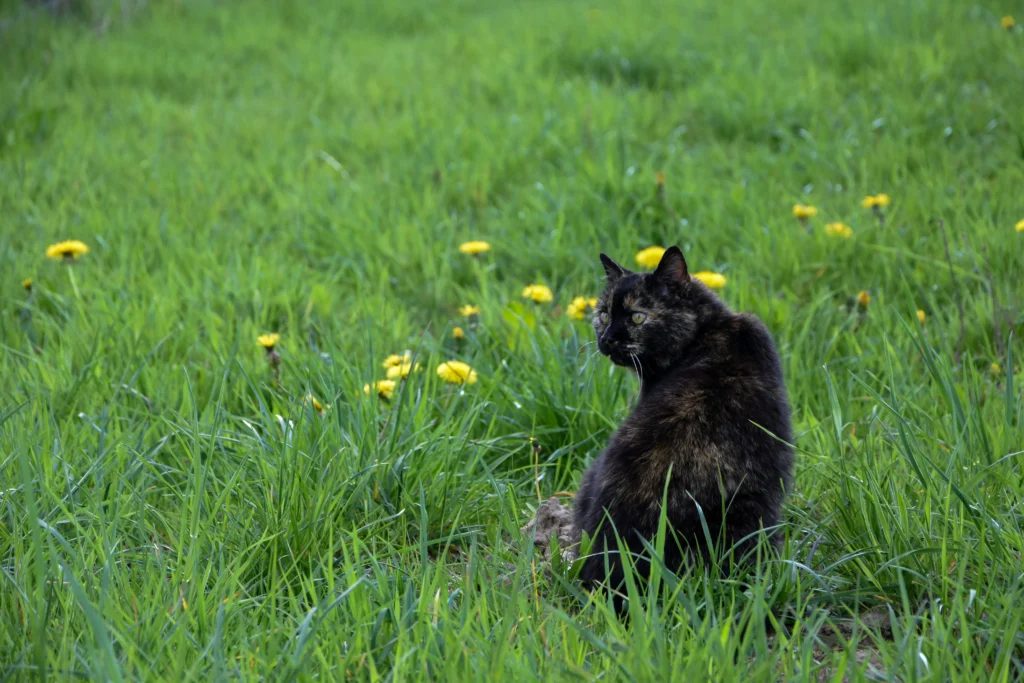Feline Lower Urinary Tract Disease
July 28, 2017
Ever had a cat that peed on things around the house when they were “mad” or were doing it “out of spite”? Or had a male cat with frequent “UTIs” – going in and out of the box frequently to pee small amounts, sometimes with blood?
Well – this is actually a fairly common issue in cats and can present in a number of ways – and surprisingly it is rarely an infection, and it is rarely because they were “mad” or “spiteful” and most often it occurs because they were…stressed.
Feline Lower Urinary Tract Disease or FLUTD(goes to new website) is a catch all term that we use to describe the problem – and it’s a problem that we see most commonly in middle-age, indoor only, overweight cats that get little exercise. Symptoms of FLUTD include:
-
Difficult or painful urination
-
Increased frequency of urination
-
Crying out while urinating
-
Blood in the urine
-
Inappropriate urination (that is, outside of the litter box)
-
Frequent licking of the genital region.
So – what causes FLUTD in cats? Well most commonly it’s “idiopathic cystitis.” Idiopathic is a fun term we use in the medical field meaning we don’t know or fully understand the mechanisms and cystitis means inflammation of the bladder wall.
Feline Idiopathic Cystitis (FIC)(goes to new website) is a diagnosis of exclusion — meaning we need to make sure nothing else is the problem before calling it this. What do we need to make sure nothing else is going on before we can call the cat’s painful bladder and inappropriate urinary habits FIC? Well below are a list of things that can cause similar symptoms that we need to make sure are not going on before we call these symptoms FIC:
-
Urinary tract infection
-
Bladder stones
-
Metabolic diseases (such as diabetes mellitus or hyperthyroidism)
-
Pain posturing to urinate (e.g. arthritis)
-
Congenital abnormalities
-
Bladder masses/tumors
-
Trauma to the urinary tract or spinal cord
We can rule out most of these other problems with a simple urinalysis (checking the urine for concentration, presence of blood and inflammatory cells, bacteria, crystals, etc…) and imaging of the bladder (ultrasound and/or x-rays).
In older cats, blood work is also often recommended to look for common metabolic problems as well as x-rays of their spine/joints if arthritis or orthopedic disease is suspected.
Once we’ve determined there’s nothing else going on – how do we manage something that is “idiopathic” and we don’t entirely understand? Well, what we do know about FIC is that the reasons for the bladder irritation are linked to stress, abnormal stress responses, neurogenic (or psychosomatic) stimulation of inflammation of the bladder wall and a defective bladder wall lining. Surprisingly, there is a condition in humans that is pretty similar called interstitial cystitis, also linked to stress.
Why do we need to treat this? Well: 1) it’s painful for the cat, 2) it can lead to a urethral obstruction(goes to new website) (a life threatening situation where the cat is unable to pass any urine), 3) it’s often an indication of a stressed cat and 4) no one likes it when a cat is inappropriately urinating in their house.
Treatment in the acute phase/painful cat involves pain medications and anti-inflammatory medications. Long-term treatment often includes dietary changes (many of these are prescription diets that help protect the bladder wall lining, promote water intake and reduce crystal formation; some of these diets have supplements to reduce stress as well), increased water intake (canned foods, water fountains, etc…), and stress reduction.
Stress reduction(goes to new website) can be managed with environmental management(goes to new website) (more litter boxes, different substrates, changing how multiple cats or other pets in a household can interact, etc..), supplements (such as Zylkene(goes to new website) and Feliway(goes to new website) – to reduce stress; supplements to help with the bladder wall lining such as Dasuquin & Adequan), and in some cases prescription anti-anxiety medications.
With inappropriate urination being the number one cause for euthanasia of otherwise healthy cats – it’s really important to talk to your vet as soon as your cat starts showing any lower urinary tract problems.
While sometimes very frustrating, once the underlying problem is determined these guys can be managed and kept far more comfortable and live happy lives (and you can maintain your sanity).
Related Posts

DVM Blog Post - Enrichment: Exercise for the Brain (Dogs)
Behavior | August 15, 2024
Enrichment is a very important part of our pets’ lives that helps them lead a more fulfilled life, but also can help use up energy! We often think about...


